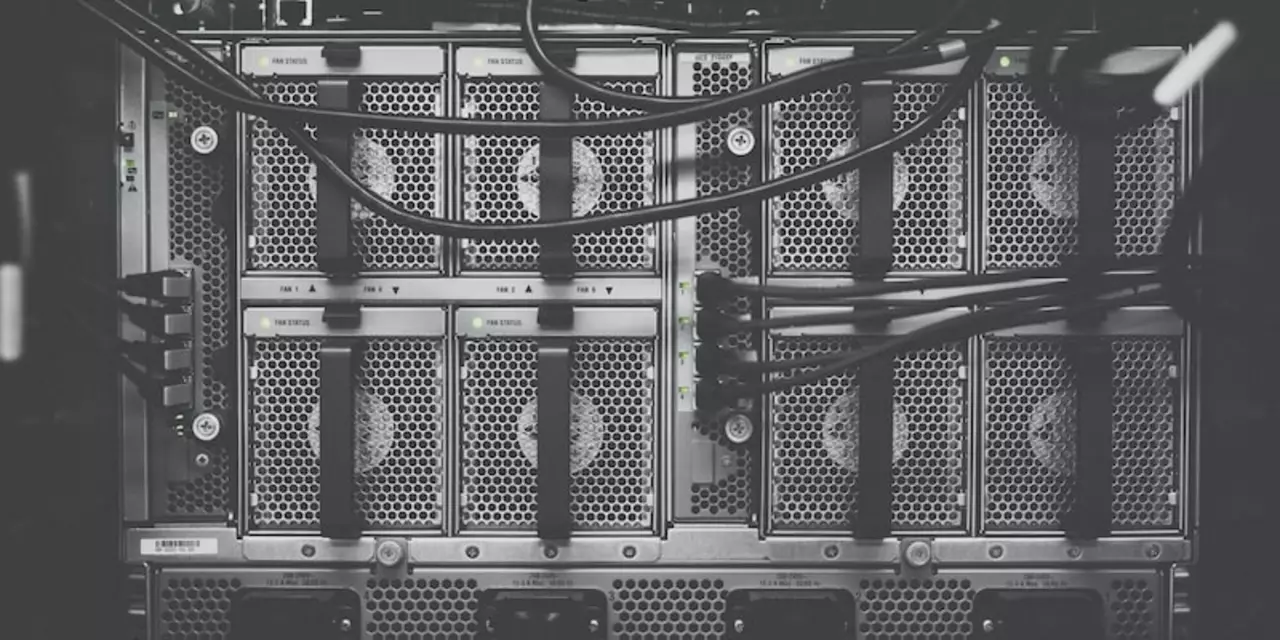Future Technology – How IT Will Change
Ever wonder what your smartphone, laptop, or office system will look like in five or ten years? The answer lies in a mix of faster hardware, smarter software, and new ways we connect. In this guide we’ll break down the biggest shifts coming to information technology and what they mean for you.
Smarter, More Personal Software
Artificial intelligence is moving from hype to daily reality. It’s no longer just for big data labs; AI assistants are learning your work habits, automating repetitive tasks, and even suggesting design tweaks on the fly. Imagine an email client that drafts replies based on your tone, or a code editor that spots bugs before you run a test. These tools cut down wasted time and let you focus on creative decisions.
Edge Computing and Faster Networks
Cloud servers have been the backbone of most apps, but latency is becoming a bigger problem as AR, VR, and realtime analytics grow. Edge computing pushes processing closer to the user—think mini‑data centers in your neighborhood. Pair this with 5G and soon you’ll stream ultra‑high‑definition content or run complex simulations on a tablet without a hitch.
Security also gets an upgrade. Distributed processing means data never travels far, reducing exposure to attacks. Meanwhile, zero‑trust architectures make sure only the right people and devices access sensitive info, even if they’re working from a coffee shop.
Another trend reshaping IT is the rise of low‑code and no‑code platforms. You don’t need a full‑time developer to build a workflow app. Drag‑and‑drop tools let business users create custom solutions, iterate fast, and keep the IT team focused on big projects. This democratization speeds up digital transformation across the board.
Quantum computing sounds futuristic, but early prototypes are already solving specific problems faster than traditional supercomputers. For most companies it won’t replace daily servers tomorrow, but it will influence fields like cryptography, logistics, and drug discovery. Keeping an eye on quantum‑ready algorithms now can protect your data when the technology becomes mainstream.
On the hardware side, processors are becoming more energy‑efficient. New chip designs integrate AI cores directly, letting devices run smarter features without draining the battery. This shift supports wearables, IoT sensors, and always‑on assistants that need to last days on a single charge.
Finally, sustainability is no longer an afterthought. Green data centers, renewable energy sourcing, and software that optimizes resource use are becoming core parts of IT strategy. Companies that adopt these practices not only cut costs but also meet growing customer expectations for eco‑friendly tech.
So, what should you do today? Start by mapping where AI, edge, and low‑code can solve bottlenecks in your workflow. Upgrade to hardware that supports AI acceleration if you haven’t already. And make security a continuous process, not a one‑time checklist. Small steps now set you up for the big changes that are just around the corner.
